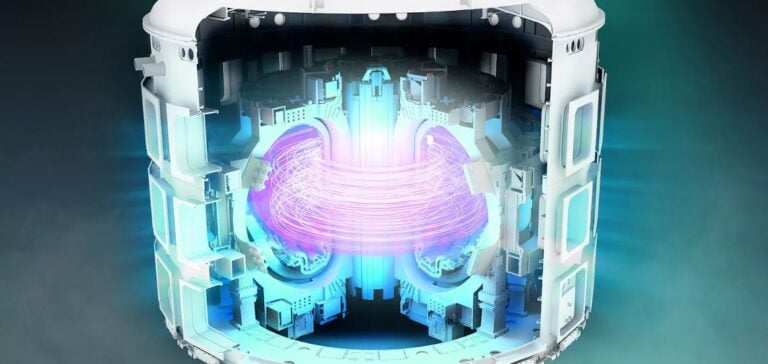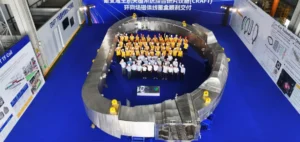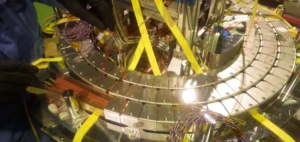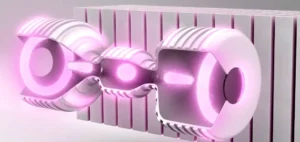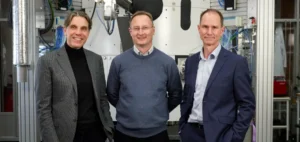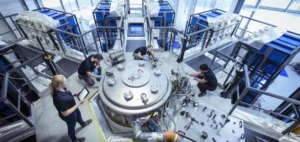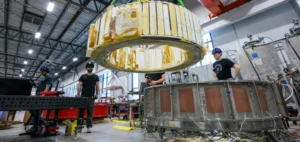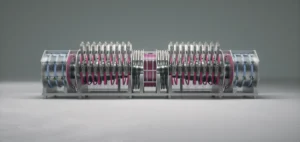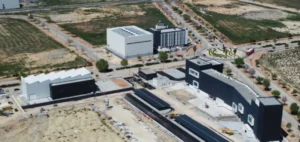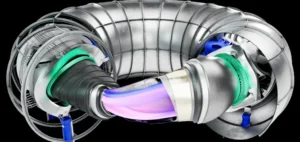The SMART tokamak, an experimental device designed and developed by the Plasma Science and Fusion Technology Laboratory of the University of Seville in Spain, successfully generated its first plasma. This event marks a decisive milestone for the project, which aims to advance nuclear fusion by developing technologies suitable for clean energy production.
The SMART tokamak, whose name stands for Small Aspect Ratio Tokamak, stands out for its unique ability to generate plasmas in various shapes. It also represents a step forward in the use of spherical tokamaks, which, compared to traditional D-shaped tokamaks, offer a significant advantage. SMART will be the first spherical tokamak to fully explore the potential of negative triangularity, a concept that could enhance reactor performance.
What is Negative Triangularity?
Triangularity refers to the shape of the plasma’s cross-section inside the tokamak. Traditionally, this shape resembles the letter “D,” and the orientation of the straight part of the letter towards the center of the reactor defines positive triangularity. In contrast, when the curved part of the plasma faces the center, it is referred to as negative triangularity. This configuration could offer better performance by reducing instabilities that would expel particles and energy from the plasma, a phenomenon that can damage the tokamak’s walls.
One of SMART’s goals is to use this plasma geometry to optimize reactor performance and minimize risks associated with energy discharges. This experimental device also uses powerful magnetic fields, combined with spherical tokamak technologies and negative triangularity, to create ideal conditions for plasma confinement.
A Step Toward a Compact Fusion Reactor
SMART’s ultimate goal is to provide the scientific and technological foundations to design the most compact nuclear fusion reactor possible. By combining several technological advancements, the project aims to push the boundaries of nuclear fusion, a key area for tomorrow’s energy transition.
The goal is not only scientific. The development of smaller fusion reactors could enable much cleaner and more efficient energy production with a reduced environmental impact. This could pave the way for a new era of energy, reducing reliance on fossil fuels while meeting the growing global energy demand.
Researchers behind the SMART project believe that the generation of this first plasma marks the beginning of a new operational phase for the tokamak. This advancement should accelerate testing and optimization of the device to prepare for the next generation of fusion reactors.
Promising Perspectives for the Scientific Community
According to Professor Manuel García Muñoz, the lead researcher of the SMART project, “This is an important step for the entire team; we are entering the operational phase of SMART.” The international scientific community is closely following SMART’s developments, and researchers around the world are eager to leverage this advancement to further progress nuclear fusion.
Professor Eleonora Viezzer, co-leader of the project, expressed her enthusiasm: “We are all very excited to see the first magnetically confined plasma, and we look forward to harnessing SMART’s capabilities with the international scientific community.” Interest in SMART extends beyond borders, and expectations are high for the project’s next steps.


